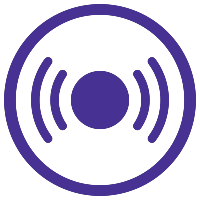Member Symposium
Pollinators and Soybeans: Impacts, Complications, and Future Directions
10: What do bees in bee-bowls mean: A case study from Iowa soybean fields
Thursday, November 19, 2020
11:45 AM - 12:00 PM EST

Matthew E. O'Neal
Iowa State University
Ames, Iowa- AS
Ashley L. St. Clair
University of Illinois Urbana-Champaign
Urbana, Illinois
Presenting Author(s)
Co-Author(s)
Efforts to describe the pollinator community have used modified pan traps (i.e. bee bowls). These traps estimate the activity-density of insects, and when colored to mimic flowers, have been shown to collect a wide range of bee species. We will review the community of bees found in soybean fields using bee bowls in central Iowa, a region committed to the production of this commodity. We will summarize both surveys of wild bees and experimental work in which the abundance of honey bees was manipulated at field edges. These manipulations included varying the size of a colony, as well as the number of colonies. These experiments can help us better understand the extent bee bowls estimate the abundance of a given bee species. OVerall, we found a remarkably diverse community of bees (and flies) in bee bowls, even in fields with limited natural habitat. Bee bowls could detect variation in the amount of honey bee colonies at a field edge but did not accurately predict the abundance of larval or adult bees. We will address some best practices for using bee bowls for soybeans, as well as the strengths and limitations of this method.

